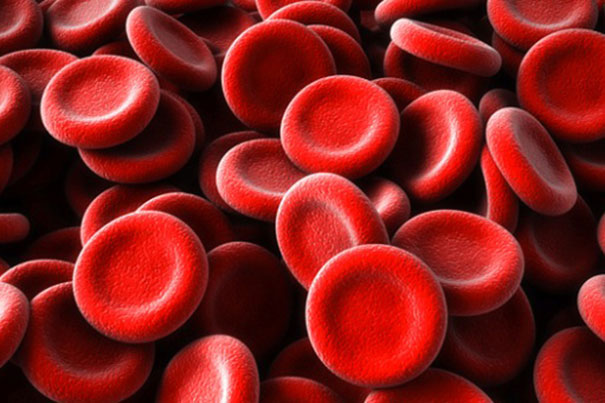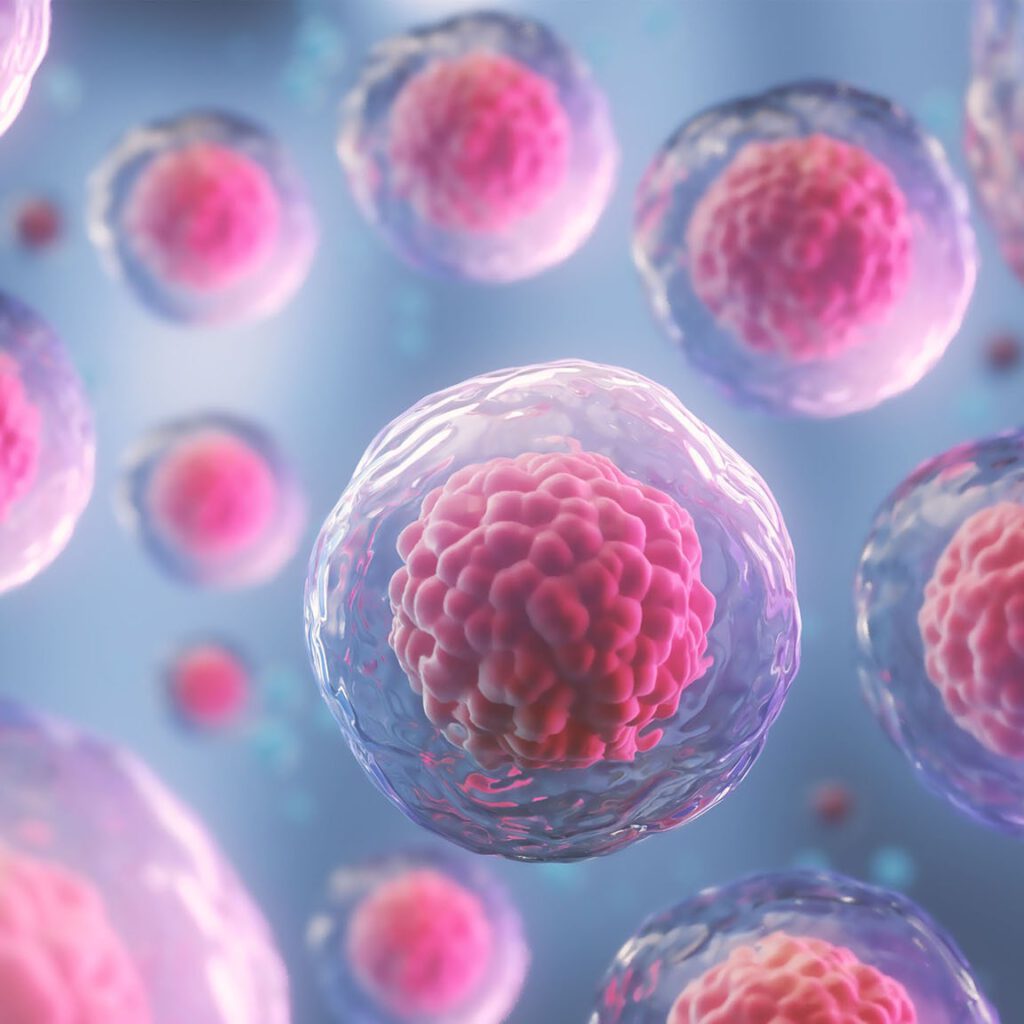Understanding bone marrow transplantation
Bone marrow is an important part of the body where red blood cells, white blood cells, and platelets are produced. Given the importance of globules and platelets in the body, it is possible to understand what consequences any defect in bone marrow activity will have for the body. Bone marrow defects are treated with a bone marrow transplant. In this article, we delve into Understanding bone marrow transplantation.
Understanding bone marrow transplantation: The structure and function of bone marrow
In adults, bone marrow is first found in the ribs, vertebrae, sternum, and pelvis. Bone marrow makes up about 5% of the total body mass in a healthy adult. For example, a man weighing 73 kg has about 3.65 kg of bone marrow. An important part of the bone marrow is the hematopoietic cell (or hematopoietic stem cell). Now the question is what is this cell?
Read Also

Read Also
What is a hematopoietic cell?
Hematopoietic stem cells are immature cells that can turn into blood cells. These stem cells are found in bone marrow, intravascular blood flow, and cord blood.
Understanding bone marrow transplantation: The role of bone marrow in the body
The human bone marrow produces about 500 billion red blood cells daily, which enter the systemic circulation through permeable “vasculature sinusoids” in the modular cavity.
In humans, bone marrow is popularly divided into yellow and red, based on the ratio of the presence of hematopoietic cells to fat cells. Although the exact mechanisms of structure within the bone marrow are not yet fully understood, changes in its components are based on common patterns.
For example, the bones of a newborn baby have exclusively red bone marrow, and as he gets older, the yellow part takes up more bone marrow. In adults, red bone marrow is mainly present in the skeleton of the middle part of the body, such as the pelvis, sternum, skull, ribs, vertebrae, and shoulders, and to a lesser extent in the round bones of the long bones, the head of the bone or the epiphysis, such as the thigh bone and arm bone. Under conditions of oxygen depletion, the body can turn the yellow bone marrow into red bone marrow to increase the production of red blood cells.

Hematopoietic components of bone marrow
White blood cells
Red blood cells
Platelets
Understanding bone marrow transplantation: What diseases is bone marrow transplantation used to treat?
Bone marrow cells (stem cells) can grow in the body as different specialized cells. The use of bone marrow transplants to treat some cancers has been approved. These cancers include multiple myeloma, leukemia, and some types of lymphoma.
In addition, bone marrow transplants are used in many specialized clinics around the world to treat autoimmune diseases. Among these diseases, we can mention inflammation. Bone marrow transplantation has yielded good results in the treatment of these diseases. However, it is not yet an approved treatment for these problems.
Types of bone marrow transplants
There are two types of bone marrow transplants. One is called allogeneic bone marrow transplant and the other is called autologous.
Allogeneic bone marrow transplantation
This method requires a donor to receive the right bone marrow cell. Before performing this type of bone marrow transplant, doctors must make sure that the donor’s cell is similar to the patient. Most donors are selected from close relatives. Of course, there is also the possibility of receiving from others who have enough resemblance to the patient.
To study the similarity of human cells, proteins called human leukocyte antigen (HLA) are used. By examining this protein, doctors can evaluate the similarity of the donor’s blood and tissue with the patient and ensure their similarity.
In addition to the bone marrow cells in the donor’s blood, cord blood cells can also be used. These cells have grown less than other stem cells. For this reason, they can grow as different cells. Cord blood cells freeze at birth. As a result, they are safe from environmental damage and aging. For this reason, these cells do not require much resemblance to the patient’s tissue.
Autologous bone marrow transplant
In this type of bone marrow transplant, there is no need for similarities between the donor and the patient. Because bone marrow cells are received from the patient. After receiving, the cells are cleansed and frozen. The cells are then injected into the patient after chemotherapy.
According to the Pirogov Center in Moscow, Russia, the stages of autologous bone marrow transplantation are as follows:
Stimulation of bone marrow cells from 4 to 6 days;
Collection of bone marrow cells from 1 to 3 days;
Chemotherapy for 4 days;
Injection of bone marrow cells in days;
Isolation for 8 to 12 days.


